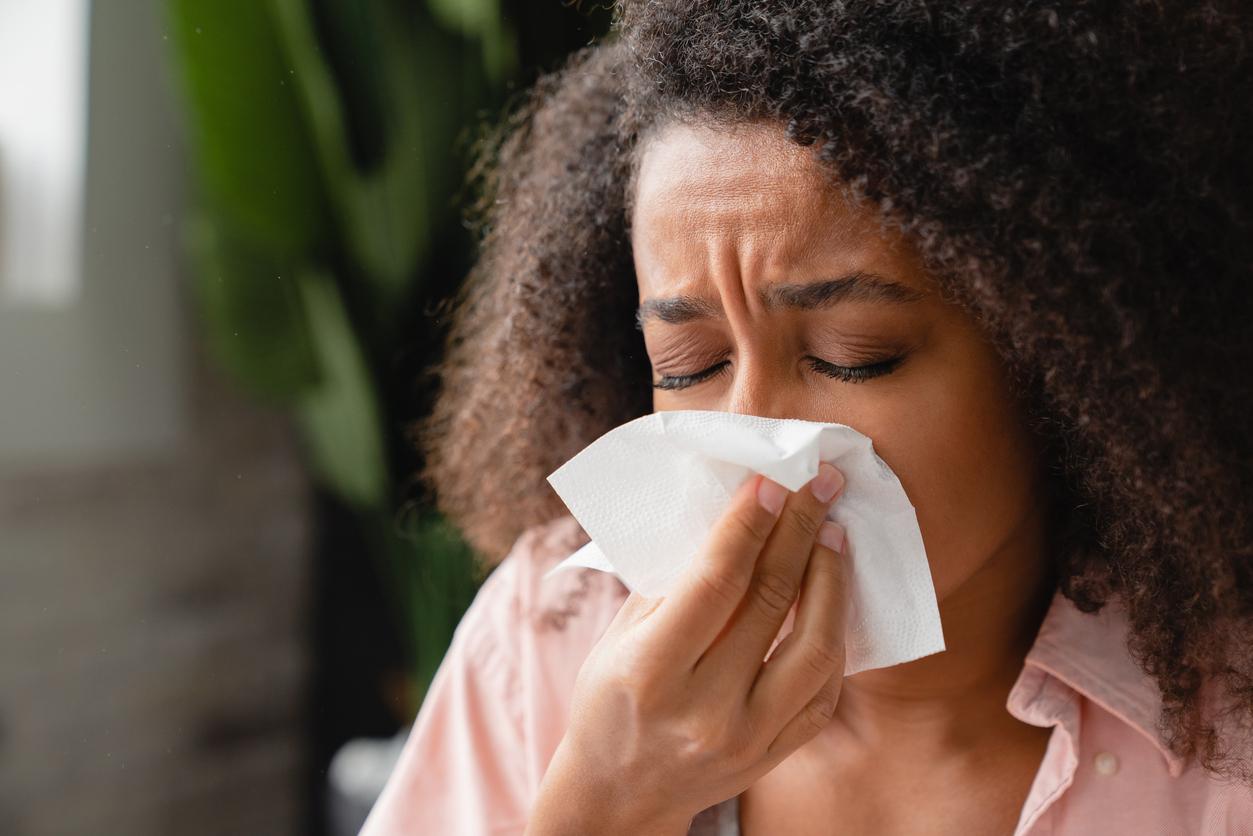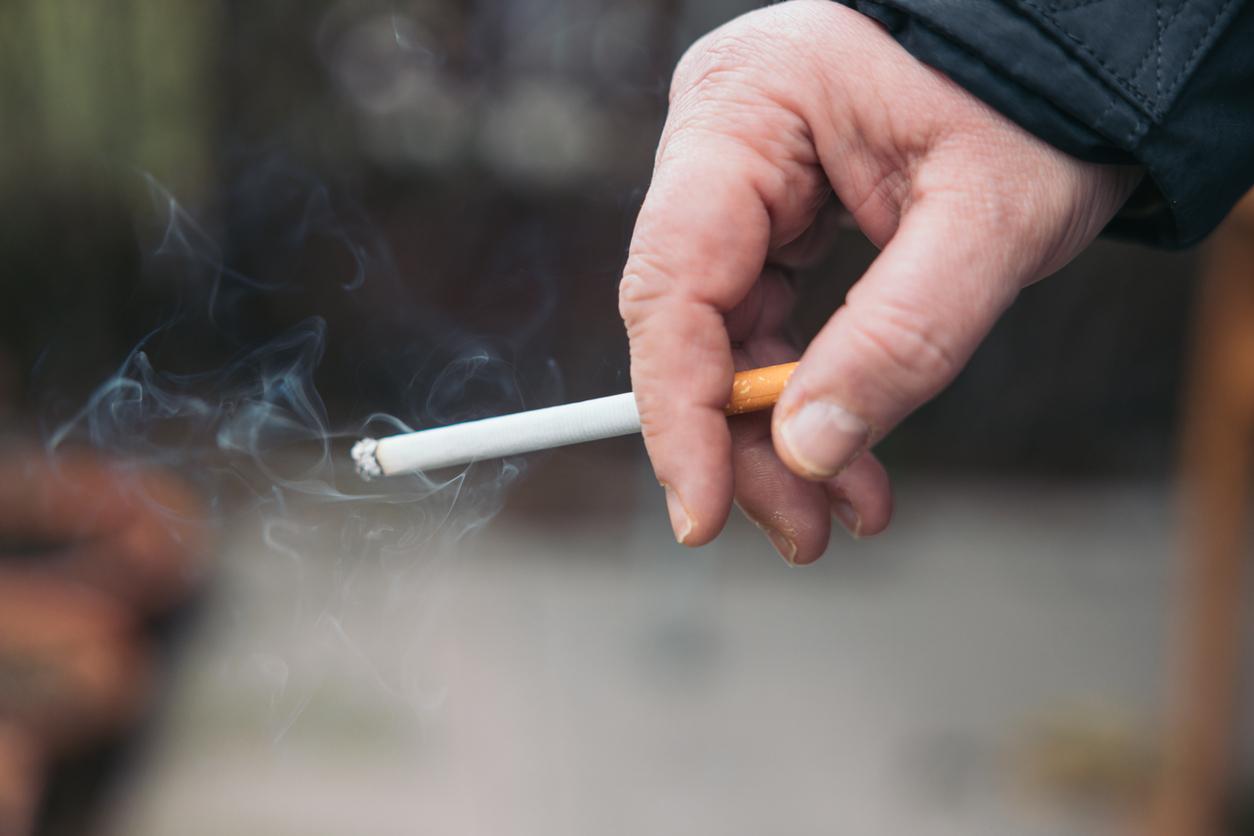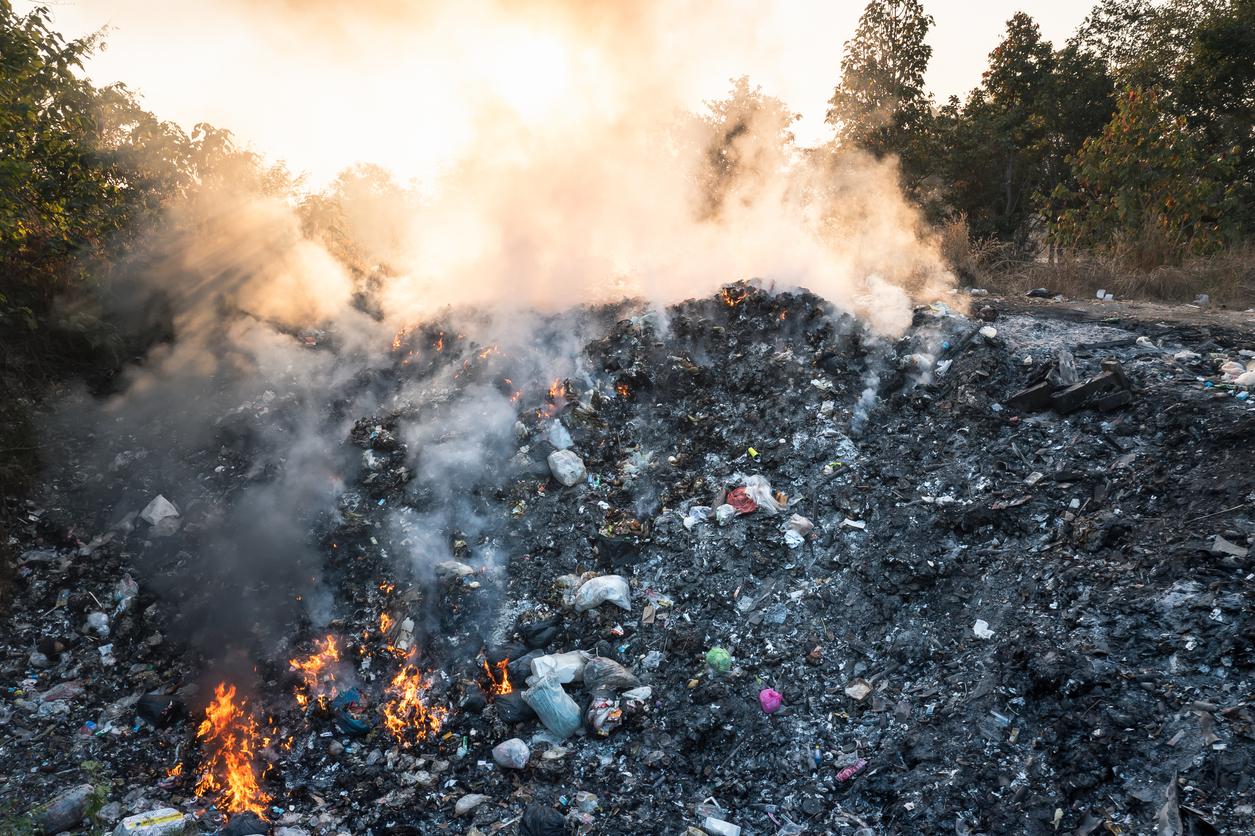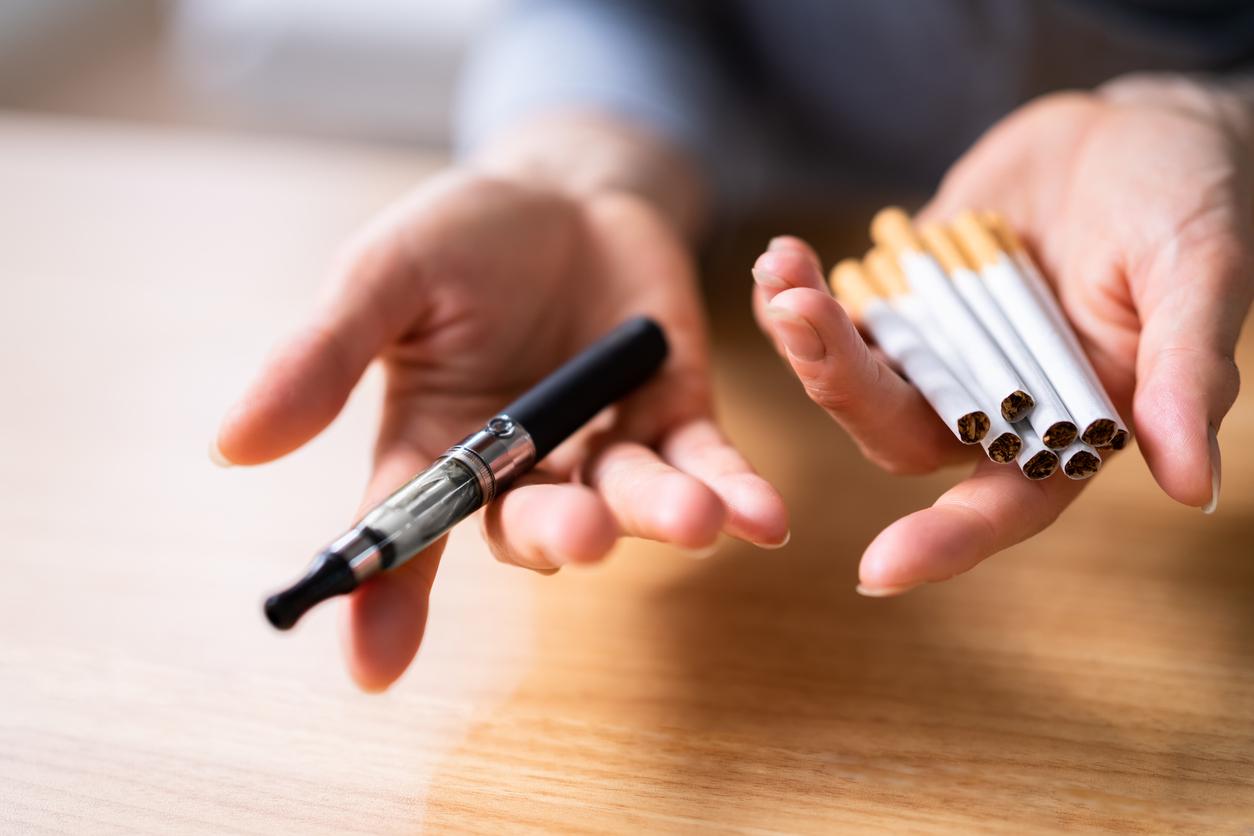On the occasion of National Air Quality Day this Monday, October 14, 2024, the Fondation du Souffle offers an overview of the indoor and outdoor pollutants that we breathe daily.
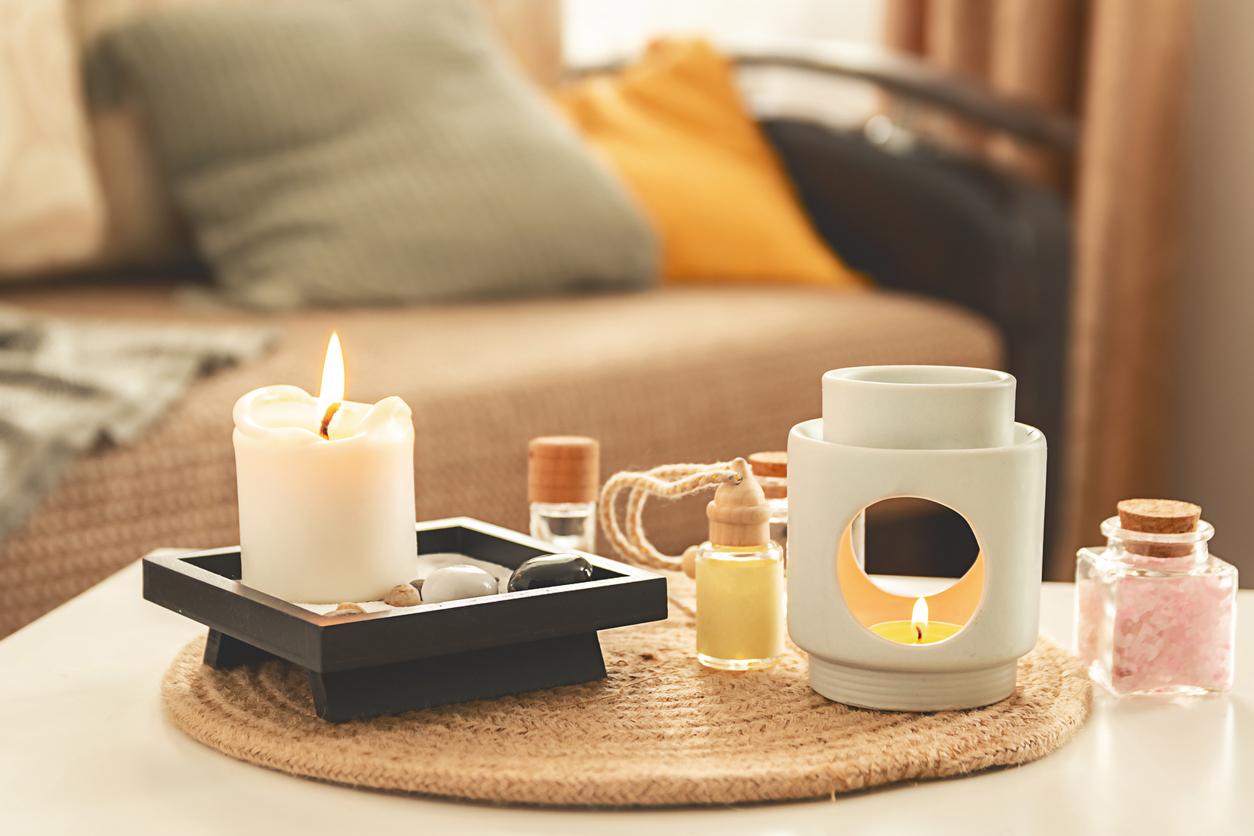
- “30% of French people say they are poorly informed about the risks of pollution and its impact on respiratory health, or nearly 1 in 3 French people,” says the Fondation du Souffle.
- The main indoor pollutants are mold on walls, household products, dust from DIY materials (paint, coating, etc.), excessive dust with the risk of mites, or even scented aerosols and scented candles.
- Outside, it is mainly fine particles, agricultural pollutants and chemicals that pollute the air we breathe.
“30% of French people say they are poorly informed about the risks of pollution and its impact on respiratory health, i.e. nearly 1 in 3 French people”, says the Fondation du Souffle on the occasion of National Air Quality Day regarding the impact of the environment. More precisely, it is the youngest who say they are the least well informed, with 42% of 25-34 year olds. “It is possible that younger people are more oriented and concerned about the impact of the environment on the climate or biodiversity than on that of respiratory health. And that among older people, sensitivity to the health effects of the environment is more developed, with the incidence of chronic respiratory diseases”, supposes Professor Bruno Crestani, president of the Fondation du Souffle.
Indoor air quality: a third of French people still do not ventilate daily
“We spend more than 80% of our time in premises. Air quality in work premises (school, office) or at home is therefore essentialimmediately reminds pulmonologist Professor Bruno Housset. Improve indoor air qualityhe continues, it means ensuring its renewal either simply by opening the windows (a simple but essential gesture and clearly insufficiently carried out) or by the presence of controlled mechanical ventilation (VMC) which must be correctly installed and maintained.” Classic recommendations, and yet 29% of French people say they ventilate their homes less than once a day. A figure that rises to 34% among the youngest!
Home, work… how do interiors impact our respiratory health?
However, the sources of indoor pollutants are very numerous: mold on walls, household products, scented candles, dust from DIY materials (paint, coating, etc.), excessive dust with risk of mites, incense, essential oils, perfumed aerosols, etc. “It is surprising to see that so many young people, who are also very committed to environmental issues, report using products that are harmful to their respiratory health, particularly those with symptoms or a respiratory illness, reveals Professor Bruno Crestani. A lack of information on the subject is certainly at work and shows us that there is still a long way to go to change bad habits, which are well anchored in daily life, and sometimes influenced by the advertisements to which we are exposed.”
Fine particles, agricultural pollutants and chemicals also pollute the atmosphere… which we breathe!
“Outdoor pollution is primarily linked to heating and automobile traffic, raises Professor Bruno Housset. Ultrafine particles generated by fossil fuels are particularly toxic. They can carry pollen (asthma, respiratory allergies), tar (cancer). The smallest particles can pass into the blood and cause cardiovascular damage (high blood pressure, stroke, myocardial infarction), diabetes or fetal growth retardation.” And yet, it is clear that “clean travel” is far from being favored by the French! Only 5% take the bike or scooter to make their daily journeys. “The thermal engine car, on the other hand, is used daily by 31% of French people, far ahead of public transport (14%).”, indicates the Fondation du Souffle, which specifies that these figures are the same for people suffering from a respiratory symptom or illness.
The people most vulnerable to this pollution are the youngest and the oldest, and all those suffering from chronic respiratory or heart diseases. “Let us focus on the child and the fetus which, in its mother’s womb, is sensitive to pollution, tobacco, and air quality. Pollution is a source of premature births, stunted growth, a greater frequency of asthma, ear infections and respiratory infections in childhood. It is also a risk factor for obesity in adolescence”, worries the specialist.











